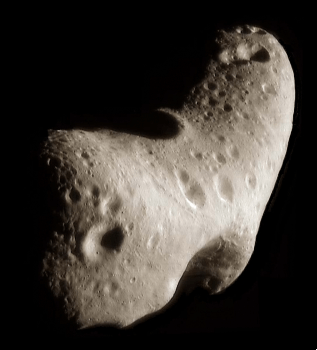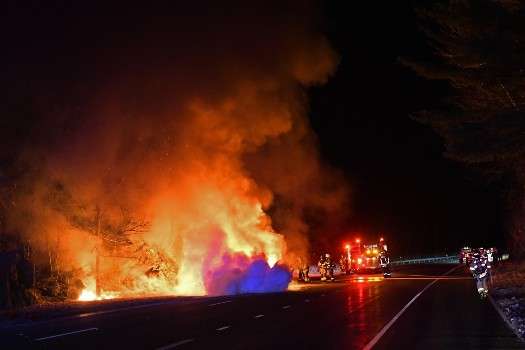By Philip R. Devlin
(June 29, 2024) — The United Nations General Assembly’s 71st Session approved a resolution on December 6, 2016, making “30 June International Asteroid Day, to be observed each year at the international level on the anniversary of the Tunguska impact over Siberia, Russian Federation on 30 June 1908 and to raise public awareness about the asteroid impact hazard.”
The resolution was supported by forty-one astronauts and cosmonauts. The idea for the resolution first surfaced in 2014, several months after the well-publicized Chelyabinsk meteor on February 15, 2013 in Russia.
Estimated to be nearly sixty feet in diameter, the Chelyabinsk meteorite exploded in the atmosphere while traveling at nearly 43,000 mph! The heat generated by compression of air in front of the meteor (called “ram pressure”) as it travels through the atmosphere is enormous; most meteorites burn up or explode before they reach the ground.

The Tunguska Event (photo above) on June 30, 1908, flattened an estimated eighty million trees and killed at least three people near the very sparsely populated Tunguska River area in Siberia. The Tunguska meteorite may have been as big as two hundred feet wide! Scientists estimate that its explosive power was a thousand times greater than the atomic bomb dropped on Hiroshima in 1945.
On June 27, 2024, a massive asteroid, named 415029, passed by us. At its closest point, it was more than four million miles away. Estimated at more than 7,500 feet across, it was larger than 99% of near-Earth asteroids. Impact with an asteroid that huge would be a catastrophic event worldwide. Most appropriately, on Asteroid Day, June 30, 2024, a smaller asteroid is scheduled to pass much closer to Earth. The asteroid, named 2024 MK, will pass about 60,000 miles inside the moon’s orbit of Earth, or about 180,000 miles away.









